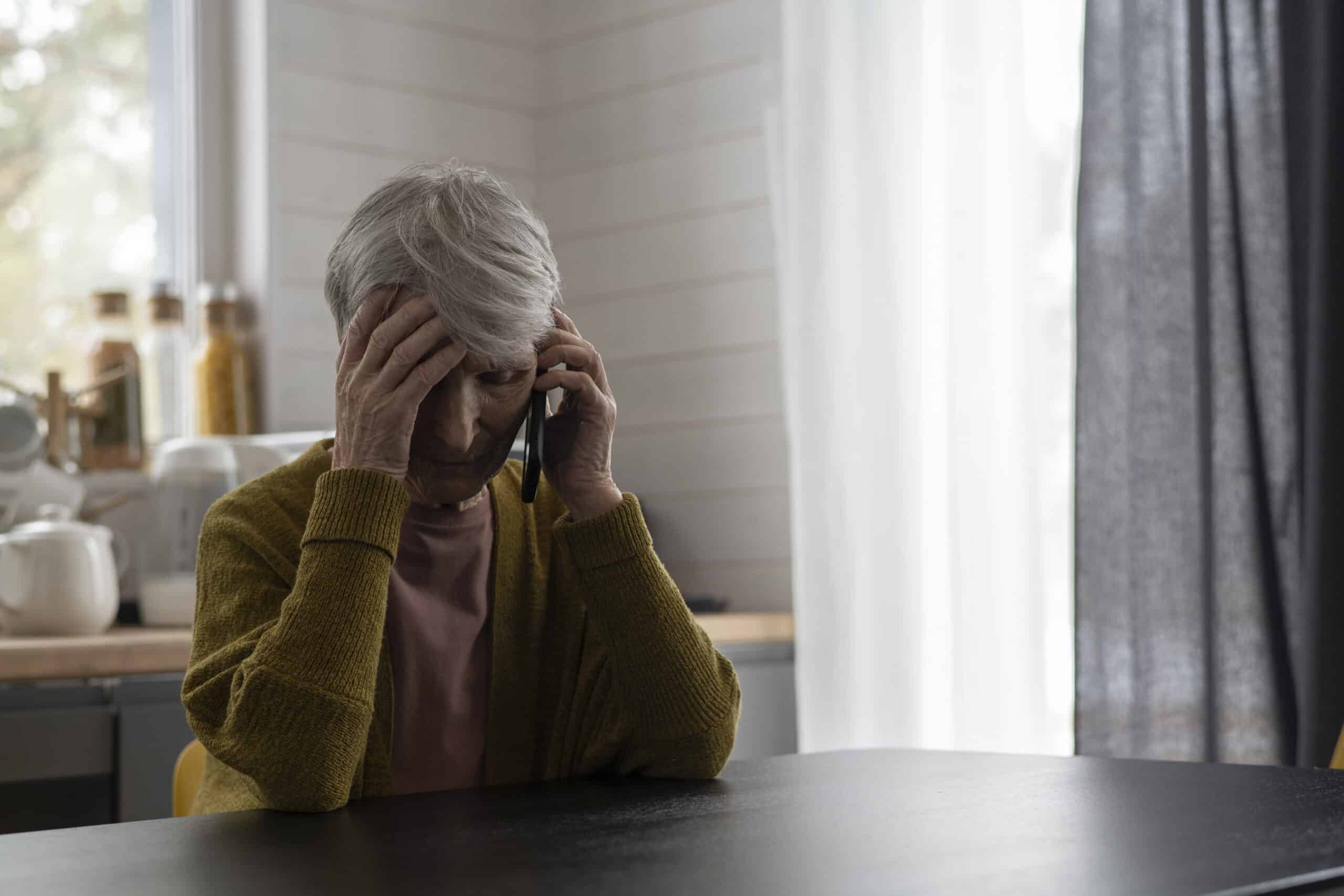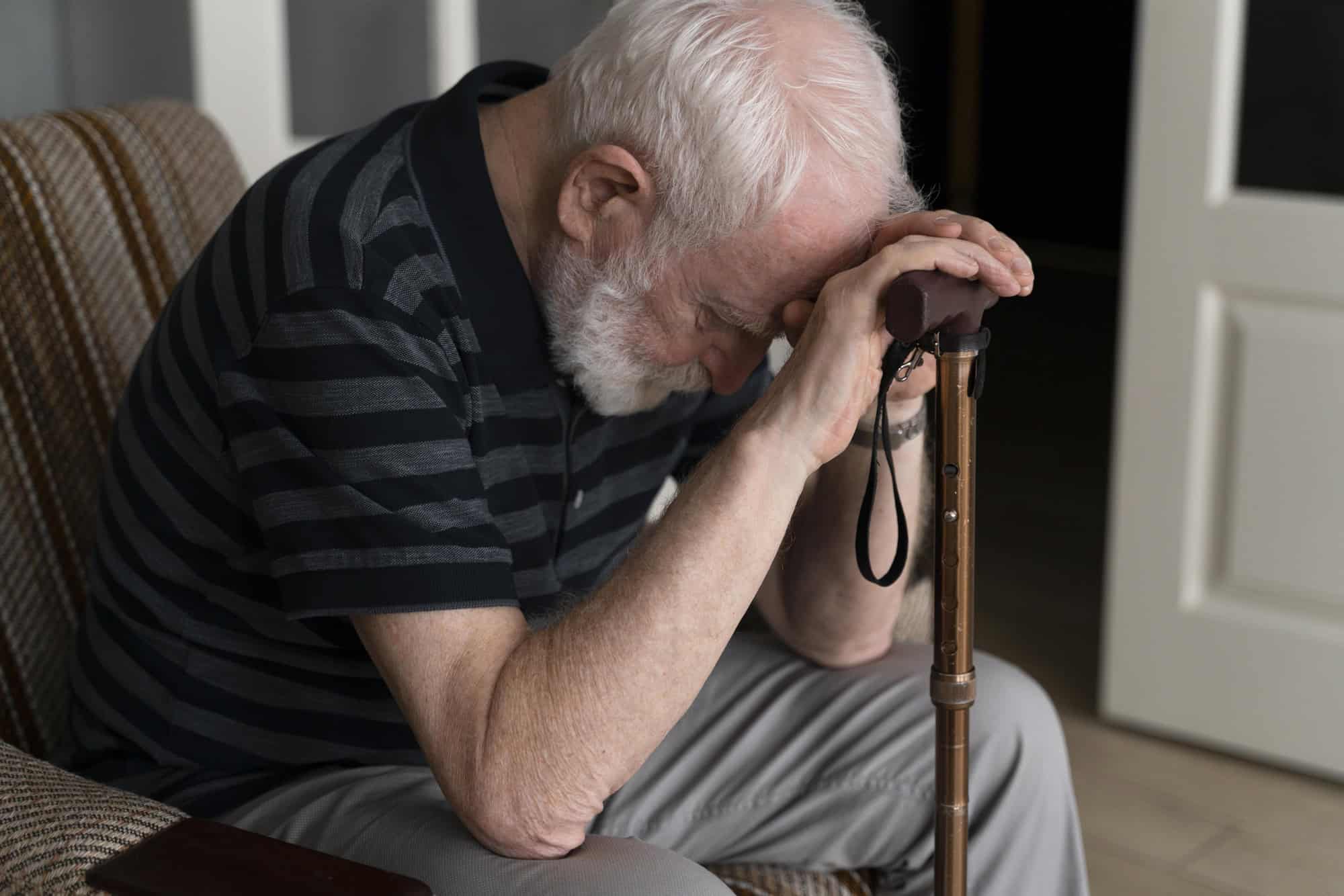Why Elder Abuse is a Growing Crisis in California
Elder abuse is an increasingly prevalent issue in California, where over 200,000 cases are reported every year, according to the Center for Disease Control. Unfortunately, the actual numbers are likely much higher, as many cases go unreported due to fear, shame, or the victim’s inability to report the abuse. Elder abuse is defined as an intentional act or failure to act that causes harm or a serious risk of harm to an older adult. It’s critical to recognize the signs and take action to protect our elderly population from these devastating actions.
California, home to a large aging population, is especially vulnerable to elder abuse, making awareness and prevention key to tackling this issue. Seniors who are isolated, dependent on caregivers, or suffering from physical or mental impairments are particularly at risk. Understanding the various forms of elder abuse is the first step in addressing this alarming trend.
The Six Most Common Types of Elder Abuse in California
Elder abuse manifests in many different ways, each of which presents distinct warning signs. Knowing what to look for can help protect seniors from harm. Here are the types of elder abuse you should be aware of:
Spotting the Signs of Physical Abuse in Seniors
Physical abuse is when seniors are harmed through violent actions like hitting, pushing, or improper restraint. This form of abuse can lead to injuries ranging from mild bruises to broken bones and even death in severe cases.
Warning Signs: Look for bruises, cuts, fractures, or any unexplained injuries, especially in hidden areas such as the upper arms or thighs. Frequent hospital visits without a clear explanation can also be a red flag.
According to studies, elders who are physically abused have a 300% higher risk of death compared to those who are not abused. The toll this takes on a senior’s health can be immediate and long-lasting, requiring urgent intervention.
Recognizing Emotional and Psychological Abuse
Emotional or psychological abuse can be just as damaging as abuse. It involves using threats, intimidation, or isolation to control and manipulate elderly victims. Over time, this type of abuse erodes a senior’s self-esteem and can lead to severe mental health issues.
Warning Signs: Indicators of emotional abuse include withdrawal from normal activities, fearfulness, anxiety, depression, or sudden changes in mood or personality. Victims may also show reluctance to speak openly, especially when the abuser is present.
Emotional abuse is more challenging to detect but can be devastating, often resulting in long-term psychological scars. This type of abuse is grossly underreported due to the lack of physical evidence.
Financial Exploitation: The Most Common Form of Elder Abuse
Financial exploitation is the illegal or improper use of an elderly person’s assets, often by a trusted individual such as a caregiver, family member, or financial advisor. It is the most common form of elder abuse, impacting 5 million seniors annually across the U.S., with many cases occurring in California.
Warning Signs: Be alert to sudden large withdrawals from bank accounts, unpaid bills, or abrupt changes to legal documents like wills, trusts, or power of attorney. Suspicious financial behavior can also include the sudden appearance of new “friends” or caregivers keenly interested in the senior’s financial matters.
Financial abuse not only robs seniors of their life savings but can leave them destitute and unable to afford the care and assistance they need. In extreme cases, seniors may even lose their homes due to fraudulent real estate transactions.
Neglect and Abandonment: A Silent Form of Elder Abuse
Neglect or abandonment occurs when an elderly person is denied basic care, such as food, shelter, or medical attention. This form of abuse can happen in private homes or professional care settings, making it particularly dangerous as it is often hidden behind closed doors.
Warning Signs: Look for malnutrition, dehydration, bedsores, poor hygiene, or untreated medical conditions. An unclean living environment, lack of personal hygiene, or frequent hospitalizations for preventable conditions can also be indicators of neglect.
Many caregivers are overburdened and undertrained, which can lead to unintentional neglect. However, whether intentional or not, neglect places elderly individuals in serious danger, especially if they are already in poor health.
Identifying Sexual Abuse in Vulnerable Seniors
Sexual abuse involves any non-consensual sexual contact or harassment, including inappropriate touching or forced sexual activity. It can happen in any setting, including nursing homes, where residents may not be able to communicate or defend themselves due to cognitive impairments.
Warning Signs: Unexplained injuries, genital infections, torn or bloody undergarments, or sudden behavior change can all be indicators of abuse. Seniors may also become unusually withdrawn or anxious.
Sexual abuse is among the most underreported types of elder abuse, largely because victims may be too afraid, embarrassed, or unable to report it. Given its sensitive nature, this situation must be handled delicately but urgently.
Healthcare Fraud and Abuse: Exploiting the Elderly’s Trust
Healthcare fraud occurs when elderly patients are overcharged for services, billed for treatments they never received, or subjected to unnecessary medical procedures. This type of abuse is often perpetrated by unethical healthcare providers who take advantage of the complexity of medical billing.
Warning Signs: Keep an eye out for duplicate bills, treatments that seem unnecessary, or healthcare providers who are unwilling to answer questions or provide transparent billing. Regular reviews of medical bills and insurance statements can help detect healthcare fraud early.
Healthcare abuse not only costs seniors financially but can also compromise their health by subjecting them to unnecessary or substandard care.
The Lasting Impact of Elder Abuse on Seniors and Their Families
The physical, emotional, and financial impacts of elder abuse can be severe and long-lasting. Victims of emotional abuse often experience depression, anxiety, and withdrawal, while financial exploitation can leave seniors struggling to cover their basic living expenses.
Family members often experience guilt, anger, and frustration as they witness their loved ones suffer. In some cases, elder abuse can lead to the complete loss of trust between family members, especially if the abuser is a relative.
Long-term care for victims of abuse can be expensive, and the emotional toll can lead to ongoing mental health challenges for both the seniors and their caregivers. It’s essential to intervene early to minimize these devastating consequences.
The ongoing burden of legal fees, loss of assets, and hospital bills related to elder abuse can create significant financial hardship, not only for the seniors affected but also for their loved ones, who are left to pick up the pieces.
Shocking Elder Abuse Statistics in California
In California, elder abuse is a critical issue that remains largely hidden. Studies reveal that only 1 in 24 cases of elder abuse is reported, meaning that the majority of abuse incidents go unnoticed and unaddressed. Here’s a breakdown of the most commonly reported types of abuse in the state:
- Physical abuse: 16%
- Emotional or psychological abuse: 11%
- Neglect or abandonment: 12%
- Financial exploitation: 9%
- Sexual abuse: 7%
These statistics underscore the importance of raising awareness and encouraging more reporting to protect our elderly population.
Taking Action: How to Prevent and Report Elder Abuse in California
Preventing elder abuse begins with being proactive and staying informed. Here are practical steps to take:
- Regularly visit your elderly loved ones and check for any warning signs of physical abuse or neglect.
- Review their financial accounts periodically to ensure they are not being subjected to financial exploitation.
- To prevent healthcare fraud, patients should be vigilant about their medical care and keep track of any irregularities in billing or treatments.
- Speak openly with seniors about their care, listen to their concerns, and ensure they know how to report abuse if they experience or witness it.
If you suspect elder abuse, it’s crucial to act immediately. Contact local adult protective services or report it to the National Center on Elder Abuse to get the proper authorities involved and stop the abuse. Reporting elder abuse can save lives and prevent future harm. In addition, community awareness programs can help educate families, caregivers, and professionals on the signs of abuse and steps to prevent it.
How Family and Caregivers Can Prevent Elder Abuse
Family members and caregivers play a pivotal role in ensuring the well-being of elderly individuals. In many cases, elder abuse goes unnoticed because the victim is isolated or unable to communicate their experiences. As a family member or caregiver, staying informed, vigilant, and engaged can help stop elder abuse and provide a lifeline for vulnerable seniors.
Tips for Family Members to Prevent Elder Abuse:
- Frequent Visits: Regular contact with elderly loved ones helps to monitor their physical and emotional well-being. Unannounced visits can also give you a better sense of their day-to-day care.
- Build Trust: Encourage open and honest communication. Ensure your loved one knows they can share your concerns without fear of judgment or retaliation.
- Monitor Financial Activity: Stay informed about your loved one’s finances to prevent financial exploitation. Reviewing bank statements, legal documents, and bills can help detect suspicious changes or transactions.
- Educate Yourself on Caregiver Stress: Sometimes, caregivers may unintentionally neglect their duties due to stress or burnout. Understanding the signs of caregiver fatigue and offering support can help prevent neglect.
Caregivers’ Responsibilities:
Caregivers are entrusted with the care and protection of the elderly and hold a significant responsibility. Caregivers must maintain high standards of care and report any suspicions of abuse.
- Maintain Dignity and Respect: Providing care goes beyond physical needs; it’s about treating seniors with the respect they deserve. Emotional and psychological well-being is just as important as physical health.
- Be Aware of Burnout: Caregivers are at risk of burnout, especially when dealing with the complex needs of elderly patients. Recognizing and addressing stress through counseling or support groups can help caregivers provide better care.
- Report Abuse: If you are a caregiver and suspect that abuse is happening, whether from a family member, colleague, or another individual, you must report the abuse to the appropriate authorities, such as local adult protective services.
Family members and caregivers form the first line of defense against elder abuse. By fostering a supportive, attentive environment, you can help prevent abuse and ensure the dignity and safety of your loved ones.
Need Help? Contact Our Elder Abuse Attorneys
If you or a loved one has been impacted by elder abuse, it’s crucial to seek legal assistance. Our team of experienced attorneys can guide you through the legal process and help you secure justice for your family. Elder abuse cases can be complex, but with the right support, you can hold the responsible parties accountable.
Call us at (800) 310-1606 for a free consultation. Let us help you protect your loved ones and ensure their safety and well-being.




